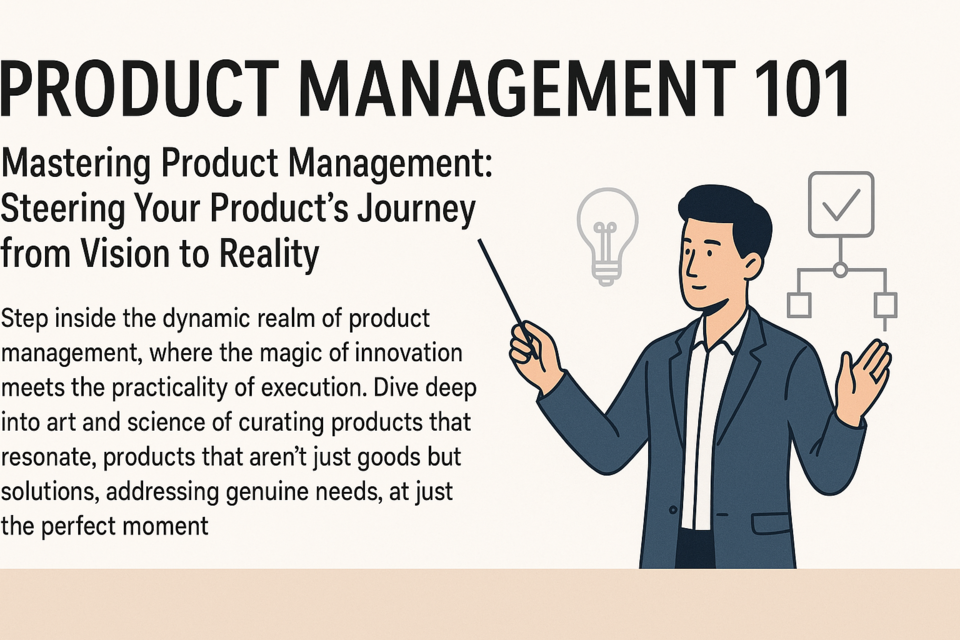If procurement was as simple as buying things, then everyone would do it and there would be no need for articless such as this. Unfortunately, it's not that simple and there's actually a lot of logistics involved in procurement management that can make it rather complicated. Most experts and those in the field itself recommend following a process to make sure that everything that is supposed to be done is actually being done. The process itself acts like a professional checklist for procurement and can be quite helpful when things do become complicated or busy.
There's some disagreement as to how many steps the process should have, with versions ranging from three steps to ten or more steps. This article will look at five main steps and what is involved in each. What is listed here can be adjusted to meet whatever requirements or needs that you may have. Thus, this article can be used as a guideline to develop your own version of the procurement process if you choose to do so.
Before any action can be taken in the process, there has to be some idea of what needs to be accomplished. This is the point where the analytic skills come into play. Any and all information and data that can be used in the procurement process needs to be analyzed first before you can move forward. Some of that information is going to be sent to the procurement team as a part of the request to get a particular item or service, but they may also be responsible for obtaining and monitoring that information on their own. That information is then used to create a plan of action and is analyzed further to pinpoint specific data related to:
-
Identify Needs--You cannot procure anything if you do not know what it is that is needed. The first stage requires the different items, goods, and services that are needed to be identified. It's not just the need itself that has to be identified, but the specifics of that item or service will have to be determined as well. What type of product, how much of it, size, color, etc. Some orders can be very simple, but there are going to some that involve a particular set of parameters. It's very important that you get it correct right from the start to avoid problems further down the line.
-
Determine Timeline--It's doubtful that a request will come in stating that an item or service is needed that very minute. However, there is usually a deadline for when something is needed or expected and that information is often included in the original request. It's the procurement team's job to determine what the timeline of events between when the request is put in and the deadline given. That timeline helps determine not just what needs to be done and when, but if the request and deadline are actually feasible.
-
Consult Budget--Every business has a budget for all of its parts and that includes procurement. Not every request is going to be financially sound so it's best to check the budget before making the purchase. Procurement management teams often have their own buying budget and funding that they are allotted, just like any other department or project. Consulting the budget will help determine what limitations are in place in the process and what financial resources are available. That information is going to important for the next stage of the process when you begin seeking out suppliers and if you need to negotiate.
Once you know what you need, you have to figure out where you're going to get it. Finding suppliers can be tricky depending on what it is that you're looking for, as some products or services can only come from specific sources. Working with a supplier requires a professional relationship, even if you only work with them once. This means applying your skills--communication, professionalism, negotiation, etc.--and putting your best foot forward when you contact them. In some cases, a procurement team or a business may have some go-to suppliers that they work with and have an existing relationship. However, this isn't always going to be the case and you may have to reach out to someone new.
-
Consider Options--When you go in search of a supplier, it's not unsurprising to find an overwhelming amount of options available. This largely depends on factors such as product/services and location. Cities or areas with a higher population, for example, will understandably have more options for suppliers as the demand will likely be higher there. Finding options can be as simple as using resources like the internet, or even resources particular to the industry like wholesale distributors. Narrowing down your options will usually be the hard part, but it's best to choose those that best meet the requirements of what you're looking for.
-
Specialization--You may have to take into consideration suppliers who have specializations for what they offer rather than a general supplier who can get anything. This is often the case when a procurement team is looking for a service than items or goods. The specifics of the request may also require a specialized vendor, as they will likely be more familiar with the item(s) being requested than a vendor who doesn't specialize. Medical equipment, for example, needs to come from a supplier who specializes in medical equipment.
-
Contracts--Most suppliers require a contract to work with them, even if it's just for a one-time transaction. It's a standard practice and it usually lays out the terms and conditions of the agreement made between buyer and seller. There's usually three kinds of contracts: cost reimbursable, fixed price, and time and material. Fixed price is the most common and is appropriate when the total cost is agreed upon or when there are specifications for the service or goods being purchased. Cost reimbursable contracts involve the buyer paying an initial fixed price from the start, and then paying for any additional expenses that are incurred beyond that initial price. The third kind, time and material contracts, usually have a fee per item or per hour and are more common for services than standard goods.
The next stage in the process involves actually conducting the transaction with the vendor. Most of what occurs at this point is financial, as payment and costs are usually confirmed. The details of the contract between the supplier and the procurement team/business are also decided at this time.
-
Terms--All of the relevant information related to the arrangement between the business/procurement officer and the supplier is established. The finer details of the contract and purchase are also smoothed out in this step as well. This can include what is being procured, how much, how and when it will be delivered, and the cost for it. Information regarding things like delays and errors will also be decided upon at this time and all of the terms will be put into the contract.
-
Negotiating--Negotiating is fairly common in procurement, hence why it is a valued skill, and it often see usage when it gets close to the transaction stage of the process. In most cases, negotiations are about more than just the agreed upon price; all of the details of the arrangement often end up being discussed. This helps make sure that everyone is having their say in the agreement and that everyone is also on the same page regarding the final arrangements.
-
Payment Options--Options regarding payment usually involve payment types and plans as laid out in the contract. Some suppliers will demand payment in full as soon as the order has been placed, which often isn't too much of an issue. There may also be the option for a payment plan, e.g. pay X amount per month for X amount of months. Payment may also be divided, with part due when the order is fulfilled and then the rest payed as the goods are delivered or the service is conducted. It can vary from case to case, so it's a good idea for everyone involved to know what payment option has been decided on.
Administration
The administrative stage involves things that are done when the order is en route, shortly after the order is placed, or shortly before it arrives. Both the supplier and the procurement team are going to have some work on their own sides that they need to handle before the arrangement is done.
-
Paperwork--The bulk of this stage will involve paperwork. Procurement teams need to document their work in order to provide that information to the business for their own records. This includes things like receipts, invoices, copies of the supplier contract, and any other documents related to the process.Paperwork can be boring or frustrating at times, but it helps out when things go wrong or when there are discrepancies with the supplier or the order. It also allows other departments in the business, e.g. accounting or the department receiving the order, to be kept in the loop about what is going on and to allow them to be prepared for the delivery.
-
Final Arrangements--Any final or last minute arrangements are also handled at this stage. Things like delays can trigger a last minute change in an order and the details of such a change need to be determined. Final arrangements also include things like prepping for the delivery--when is it happening, where, who needs to be present for it, who needs to be notified, etc. This is usually the last chance to inform the appropriate persons in the business of the order before it arrives.
-
Delivery or Fulfillment--For the most part, the end comes when the goods arrive or the service is done. The agreement between the supplier and the procurement team is completed when what was agreed upon actually arrives as requested. When ordered goods arrive, it is best to evaluate them thoroughly to make sure that they are 1) the correctly requested item(s) and 2) that they are undamaged or otherwise unaltered. If there are any issues, then they need to be addressed as soon as possible in order for any corrections to be made. For services, you may not be able to tell if it's what was requested until it's either in progress or completed. Most service providers will request feedback for their services and may have options if there is a problem.
-
Site Organization--Just before the delivery arrives or the service is fulfilled, it is best to prepare the part of the business where it will happen. Organization at the site includes things like storage, staffing, additional transport, etc. Any final transactions (e.g. delivery fees, payment plan) or receipts/paperwork will often be made upon delivery so it's best to make sure that someone is ready. Whatever preparations are that are needed for the order when it arrives should be in place beforehand and can be done at this stage.
-
Review Performance--When all's said and done, you usually want to review the entire situation to check on everyone's performance. This isn't isolated to reviewing the work of the supplier, but the procurement team's own performance in the process. There are usually indicators and means of measuring the success of the transaction that can help pinpoint what went well and what didn't. This can be useful for future procurements and to help identify recurring problems that impact performance. Look for things like communication problems--miscommunications, errors in paperwork, order errors, etc.--incidents of delays--avoidable or unavoidable?--and basically anything that should not have happened but did anyway. Such information can be used in training and continued education for the procurement staff.

























